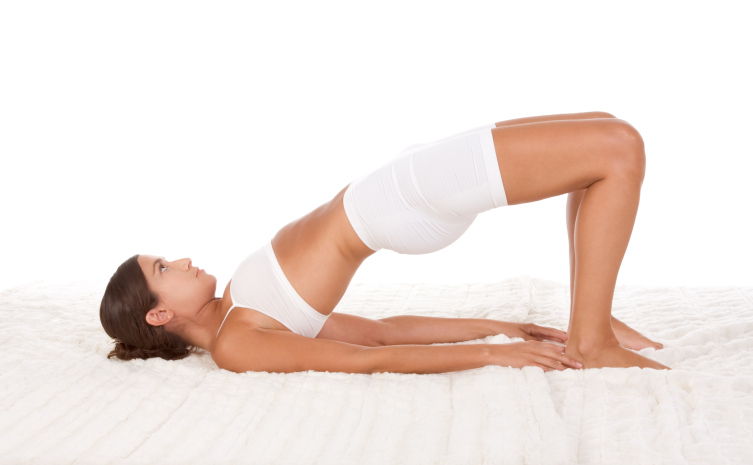The face is full of nerves and pleasure points, so it makes sense that a facial massage is a desirable form of pampering. Give yourself a facial massage or visit a professional. Whether you are looking for a quick midday pick-me-up or a soothing escape, the luxury of massage is easily justified by some of its more practical benefits.
Facial massage is one kind of natural therapy that can give our face glow and tone. Just like any other type of massages, it gives a relaxing feeling, relieves tension and promotes good circulation of the blood to your face. It is also called an anti-aging treatment because it reduces wrinkles and tightens facial muscles. Facial massage also normalize the moisture balance of the skin, helps in reducing impurities and toxins and increase radiance.
Prevent Wrinkles
Daily stress often results in tension buildup in the muscles. Foreheads furrow and lines form between the brows and along the lip line. Gentle, routine facial massage can help relax these tight and drawn muscles, decreasing the lines that they form. Massage combined with a hydrating moisturizer can also help minimize lines and dryness.
Massage can make you look younger
Massages stimulate blood flow, which is why regular gentle rubbing and kneading might keep your face looking healthy and radiant. Massage plumps slack skin, encourages lymphatic drainage (moves toxins out of cells so nutrients can travel in), and adds vitality to a dull complexion.
Get in a Better Mood
Facial massage decreases anxiety and can improve a negative mood. Psychological tests administered after 45 minutes of facial massage showed significant improvements in both mood and anxiety levels A relaxing facial massage may be just what you need to reduce stress.
Curb Congestion
Therapeutic massage can help relieve allergy symptoms, such as sinus congestion. A buildup of mucus in the sinus areas can result in pressure, puffiness and headaches. Steam inhalation and gentle massage helps to mobilize secretions, improve drainage and relieve congestion. See a doctor if you have more serious sinus conditions, such as an infection.
Detoxify the Body
Massaging the face stimulates the lymphatic vessels and facilitates toxin elimination from the facial area. The lymphatic system plays a key role in health. Lymph is a clear fluid that removes toxins from the body. It's filtered through the lymph nodes and moves into the bloodstream, where toxins can be eliminated.
Facial massage is one kind of natural therapy that can give our face glow and tone. Just like any other type of massages, it gives a relaxing feeling, relieves tension and promotes good circulation of the blood to your face. It is also called an anti-aging treatment because it reduces wrinkles and tightens facial muscles. Facial massage also normalize the moisture balance of the skin, helps in reducing impurities and toxins and increase radiance.
Prevent Wrinkles
Daily stress often results in tension buildup in the muscles. Foreheads furrow and lines form between the brows and along the lip line. Gentle, routine facial massage can help relax these tight and drawn muscles, decreasing the lines that they form. Massage combined with a hydrating moisturizer can also help minimize lines and dryness.
Massage can make you look younger
Massages stimulate blood flow, which is why regular gentle rubbing and kneading might keep your face looking healthy and radiant. Massage plumps slack skin, encourages lymphatic drainage (moves toxins out of cells so nutrients can travel in), and adds vitality to a dull complexion.
Get in a Better Mood
Facial massage decreases anxiety and can improve a negative mood. Psychological tests administered after 45 minutes of facial massage showed significant improvements in both mood and anxiety levels A relaxing facial massage may be just what you need to reduce stress.
Curb Congestion
Therapeutic massage can help relieve allergy symptoms, such as sinus congestion. A buildup of mucus in the sinus areas can result in pressure, puffiness and headaches. Steam inhalation and gentle massage helps to mobilize secretions, improve drainage and relieve congestion. See a doctor if you have more serious sinus conditions, such as an infection.
Detoxify the Body
Massaging the face stimulates the lymphatic vessels and facilitates toxin elimination from the facial area. The lymphatic system plays a key role in health. Lymph is a clear fluid that removes toxins from the body. It's filtered through the lymph nodes and moves into the bloodstream, where toxins can be eliminated.






